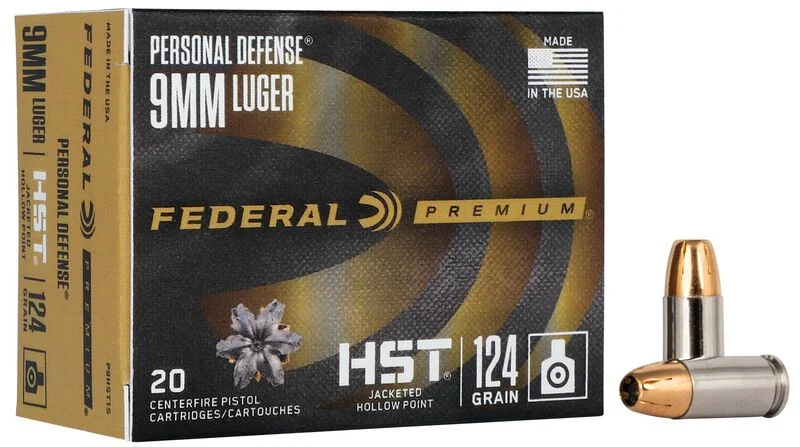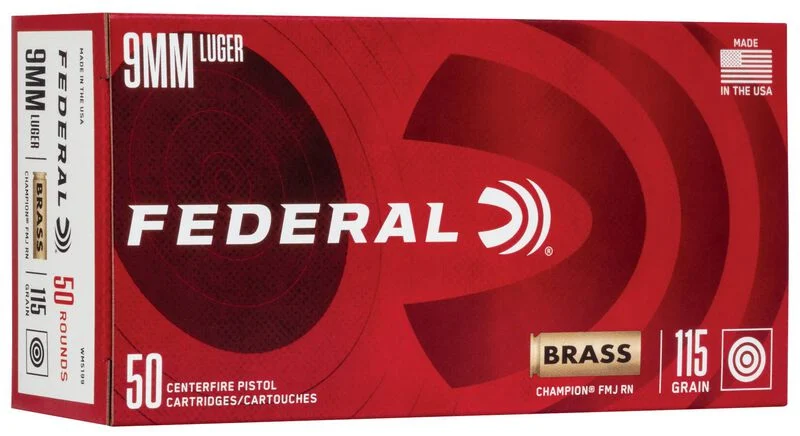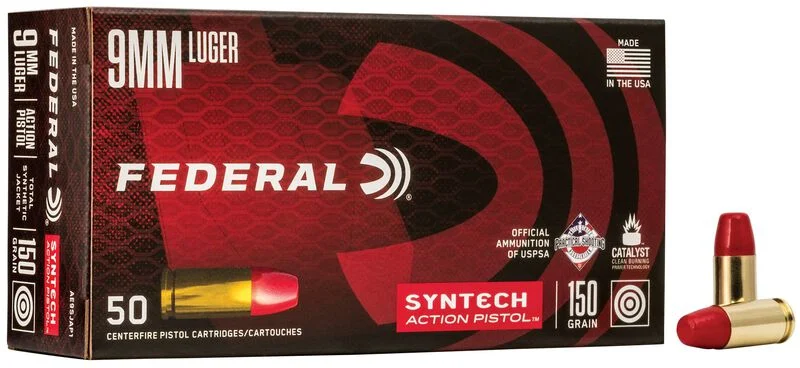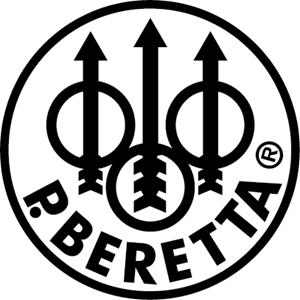As someone who handles firearms, your top priority should always be safety – not just for yourself, but for everyone around you. While firearms can be used safely for sport, hunting, and personal protection, they demand constant attention and respect. Let’s explore the essential principles that every gun handler needs to internalize.
The Golden Rule: Muzzle Direction is Everything
The most critical safety principle is maintaining control of where your firearm is pointing at all times. The muzzle should never point at anything you aren’t willing to destroy. This isn’t just about active shooting – it applies when you’re loading, unloading, or even just carrying your firearm. Even if you’re certain the gun is unloaded, proper muzzle control is non-negotiable.
Keep Firearms Unloaded When Not in Use
A loaded firearm has no place in storage or transport. When you finish shooting, immediately unload your gun before bringing it into a vehicle or building. Store ammunition separately from firearms, and ensure both are secured from unauthorized access, especially children.
The Safety Mechanism is Your Backup, Not Your Primary
Never rely solely on your firearm’s mechanical safety. While important, mechanical devices can fail. The safety should complement proper handling practices, not replace them. Keep your finger off the trigger until you’re ready to shoot, regardless of the safety’s position.
Target Awareness and Beyond
Before pulling the trigger, you must be absolutely certain of two things: your target and what lies beyond it. Remember that bullets can travel surprisingly far – even a .22 caliber round can travel over a mile. Consider potential ricochets and the bullet’s ability to penetrate barriers. If you’re not 100% sure, don’t take the shot.
Ammunition Matters
Using the wrong ammunition can destroy your firearm and cause serious injury. Always verify that your ammunition matches your firearm’s specifications. This means checking both the caliber/gauge and ensuring the ammunition is in good condition. Never use damaged or wet ammunition.
Dealing with Misfires
If your firearm fails to discharge when you pull the trigger, maintain muzzle control and keep your face away from the breech. Wait a moment, then carefully unload the firearm. Dispose of the problematic cartridge safely.
Protecting Yourself
Eye and ear protection aren’t optional extras – they’re essential safety equipment. Quality shooting glasses protect against ejected cartridges, debris, and the rare case of firearm malfunction. Proper ear protection prevents hearing damage from repeated exposure to gunfire.
Clear the Barrel
Before loading, always check that your barrel is free from obstructions. Even small blockages can cause dangerous pressure buildups. This check is especially important if you’ve had any misfires or unusual discharge sounds.
Maintain Your Equipment
Modern firearms are complex machines that require proper maintenance. Avoid modifying your firearm – alterations can make it unsafe and typically void the warranty. Have your firearms serviced regularly by qualified professionals.
Know Your Weapon
Every firearm has unique characteristics. Take the time to thoroughly understand how your specific firearm operates, including its loading, unloading, and safety features. Read the manual and, if possible, get hands-on training from a qualified instructor.
A Final Word
Responsible firearm ownership is a continuous commitment to safety. These guidelines aren’t suggestions – they’re non-negotiable rules that can prevent tragedy. Whether you’re a seasoned shooter or new to firearms, consistently applying these principles is crucial. Remember: firearm safety isn’t about being paranoid; it’s about being prepared and responsible.
Take the time to internalize these principles and practice them every time you handle a firearm. Your safety and the safety of those around you depend on it.


















